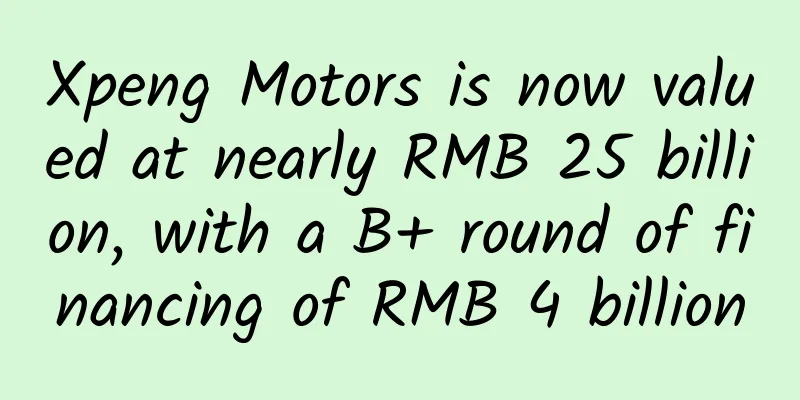What are the impressions, clicks, click-through rates, and rankings that appear in traffic and keyword tools?

|
With the arrival of 2018, I have been working in SEO for nearly 5 years. During this period, I have experienced many ups and downs. For SEO practitioners, Baidu Webmaster Platform is a tool that cannot be ignored, especially the traffic and keywords in Baidu Webmaster Platform. What are the impressions, clicks, click-through rate, and rankings that appear in the traffic and keyword tools? Today, Dongguan SEO Feng Chao will share it with you. What are the impressions, clicks, click-through rates, and rankings that appear in traffic and keyword tools? What is keyword influence? Site keyword influence: The keyword influence corresponding to the revenue obtained by the site under specific keywords; Maximum keyword influence: Under specific keywords, obtain the site influence with the highest benefits; Overall keyword influence: the total value of the influence generated by Baidu for all the revenues of all sites under a specific keyword; The keyword influence algorithm is complex and covers all revenue indicators that Baidu search can bring to the site under this keyword, including: ranking, Baidu search traffic, display volume, etc. How to analyze the three values of keyword influence? Quantify the benefits and effects of webmasters' SEO work, and get a clear view of information such as room for growth, industry gaps, overall situation and changing trends. What are the display volume, traffic, click-through rate, and ranking that appear in the search keyword tool? Traffic: Only counts the number of clicks from Baidu search results page to your website; Click-through rate: The ratio of traffic to impressions, to a certain extent, represents the optimization space of the website. The smaller the click-through rate, the greater the optimization space of the website. Ranking: The ranking given in the list of popular keywords and popular pages is the average ranking, which represents the average ranking of the landing page in the Baidu search results page when the search users query a certain keyword during the corresponding time period. It is a statistical data. What do popular keywords and popular pages mean? Popular pages: URLs on your website that receive more traffic (clicks) when users search in the Baidu search engine. The tool can provide up to 50,000 popular pages, which are sorted in descending order by click volume by default. You can view the keywords that lead to the corresponding pages through popular pages. What can you gain from using the keyword search tool? The search keyword tool can not only provide the website's daily, weekly and monthly display and click data, but also provide the site's popular keywords in Baidu search results display and click data, as well as the website's popular keywords in different time dimensions such as today (with a data delay of about 5 hours), yesterday, the last 7 days, the last 30 days, and custom time periods within 30 days. It can display up to 50,000 keyword data. The tool is designed to help webmasters fully understand the performance of their websites in Baidu search engines, determine the optimization direction of pages and websites, and provide an analytical basis for website operation decisions. People who read this article also read: What does keyword stacking mean? What are the dangers of keyword stacking? What are long tail keywords? Why long tail keywords? What do target keywords mean? What are target keywords? |
<<: How to obtain accurate user conversion through SEO, SEM and WeChat public account operation?
>>: What is crawl frequency? Under what circumstances can the crawl frequency cap be adjusted?
Recommend
Selling cars is not shabby! Every CEO of a car company is an internet celebrity, but do you know which school they belong to?
The engineering man who works with machines all y...
Event operation: Taking advantage of the Spring Festival red envelope event, analyze the core framework of the event!
The red envelope activities for products worth hu...
How are you targeted by ads?
Nowadays, enterprises are paying more and more at...
What happened to the color TV industry? Is it really going to be left behind?
Judging from the first quarter performance of col...
In extraordinary times, are there new opportunities for Chinese brands to grow bigger and stronger?
Introduction A few days ago, an article titled &q...
Where can I find materials for information flow delivery? I will share all my private channels with you!
As the saying goes, if you want to do your work w...
Vomiting blood! Excellent landing page cases in various industries, conversion rates soared!
When a cool title is paired with a bad landing pa...
How to use the WeChat homestay mini program function for booking and checking in homestays?
Some time ago, many customers consulted the edito...
Will Tilt Brush, which instantly transforms you into Ma Liang with the magic brush, be the killer application in the non-gaming VR field?
If you have seen the promotional video for Micros...
Action Guide for Building a Digital Operation System
The construction of a data-based operation system...
Is Tik Tok restricting influencers from promoting products?
In the past few months, Douyin has been imposing ...
A sales copywriting framework that converts orders and relies on it!
Compared with the requirements for other types of...
Expert Interpretation: WatchKit Application Essentials
[[152797]] WatchKit App Architecture A WatchKit a...
Beware! Your old phone may reveal your privacy
The speed of electronic product iteration is gett...
There is also a "jianghu" in the missile world - decoding the missiles with "many schools"
Since their introduction at the end of World War ...









